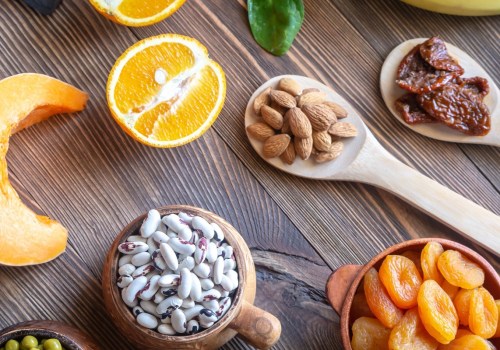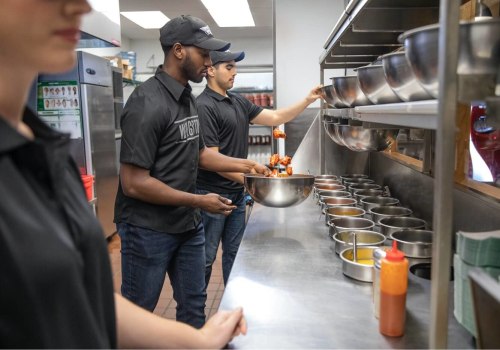The food industry is a complex network of farmers and companies that supply much of the world's food. It encompasses all aspects of food production and sale, from agriculture and livestock to food processing, packaging, labeling, warehousing, distribution, regulatory frameworks, funding, marketing, retail, catering, research and development, and education. The U. S.
Department of Agriculture (USDA) uses the term 'food system' to describe this entire enterprise. The five food groups – fruits, vegetables, cereals, protein foods, and dairy products – are the key components of the food industry. Production can vary greatly depending on the scale and cultivation methods used. Farmers have to make decisions about what to grow – a single crop or a variety of fruits and vegetables – and whether to use organic or synthetic fertilizers.
There is also an entire industry based on production inputs such as seed companies, plant nurseries, animal feed companies, fertilizer producers, and more. Distribution is another important part of the food industry. Food reaches those who will prepare it for consumption in a variety of ways – for free or for a fee. Wholesalers combine products from many producers to sell to schools, hospitals, restaurants and grocery stores.
These large-scale buyers often have different requirements than those who sell food to the general public. Programs like SNAP and WIC are essential social safety net programs that help households buy nutritious and culturally relevant food. Most meat consumed in the United States is processed in only a few slaughterhouses. However, recent shutdowns of meat-packing plants due to COVID-19 have highlighted the danger of this practice.
Food sold directly from farmers to consumers is a small but growing segment of the market. Other sectors handle most food before consumption – front-line handlers or primary processors who initially add, store and process products before shipping them to wholesalers or processing and manufacturing sectors. The food processing and manufacturing industry includes meat packers, bakeries and consumer goods companies that convert raw materials into higher-value processed and packaged food products. This sector also produces by-products that are often destined for livestock or used in industrial processes. The Food Protection Conference manages a consensus-based process that leads to science-based requirements for minimizing biological, chemical and physical hazards in food. Budgets for public research in agriculture and food are shrinking in many cases as they are replaced by private sector funding for commercial product development.
Demand for food produced or marketed in ways that are perceived to support health, environmental or social equity objectives has grown significantly in the 21st century – organic, free-range, fair trade, local and natural foods. Food processors also add vitamins, minerals and other necessary requirements that are usually lost during preparation. Food insecurity is a serious problem in many countries – chronic hunger, periodic food crises or malnutrition among vulnerable population groups. Consumers buy (and store) food to prepare or eat at home or elsewhere or eat at a food service establishment. There have been dramatic changes throughout the food supply chain with significant repercussions on nutrition and health status of the population. This has facilitated the development of domestic brands and consolidation between food processors and manufacturers as well as growth and consolidation of supermarket chains. Ultra-processed food products are produced by combining primary food products with other secondary food products to create ready-to-eat foods with high sensory appeal such as pastries, candies, jams, soft drinks and ready meals.
This process is vital for many precooked foods as it ensures availability of high-quality nutritious foods throughout the year. Agricultural activities, food processing and marketing all play an important role in providing safe nutritious foods to consumers around the world.









